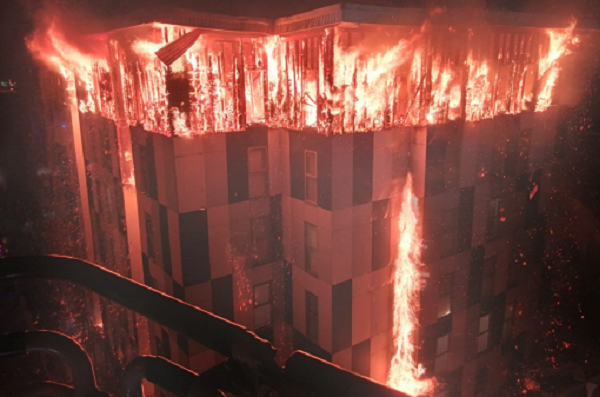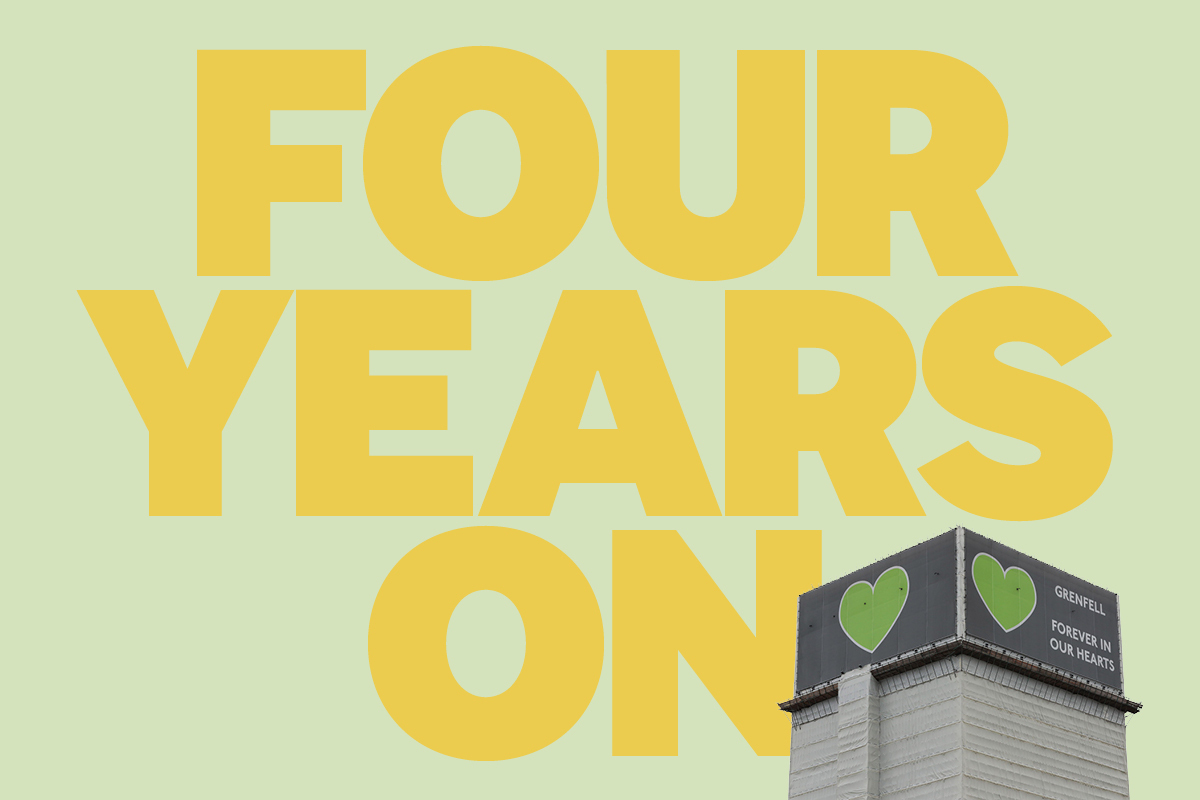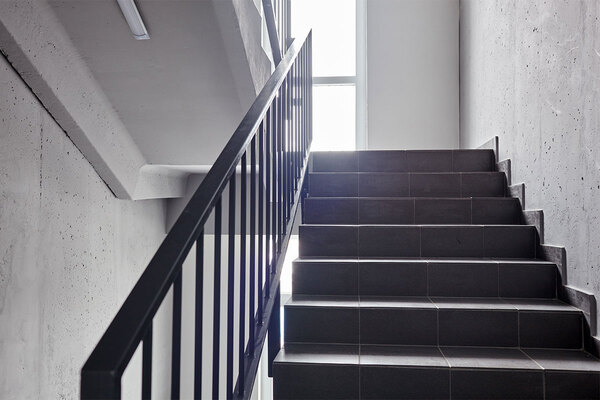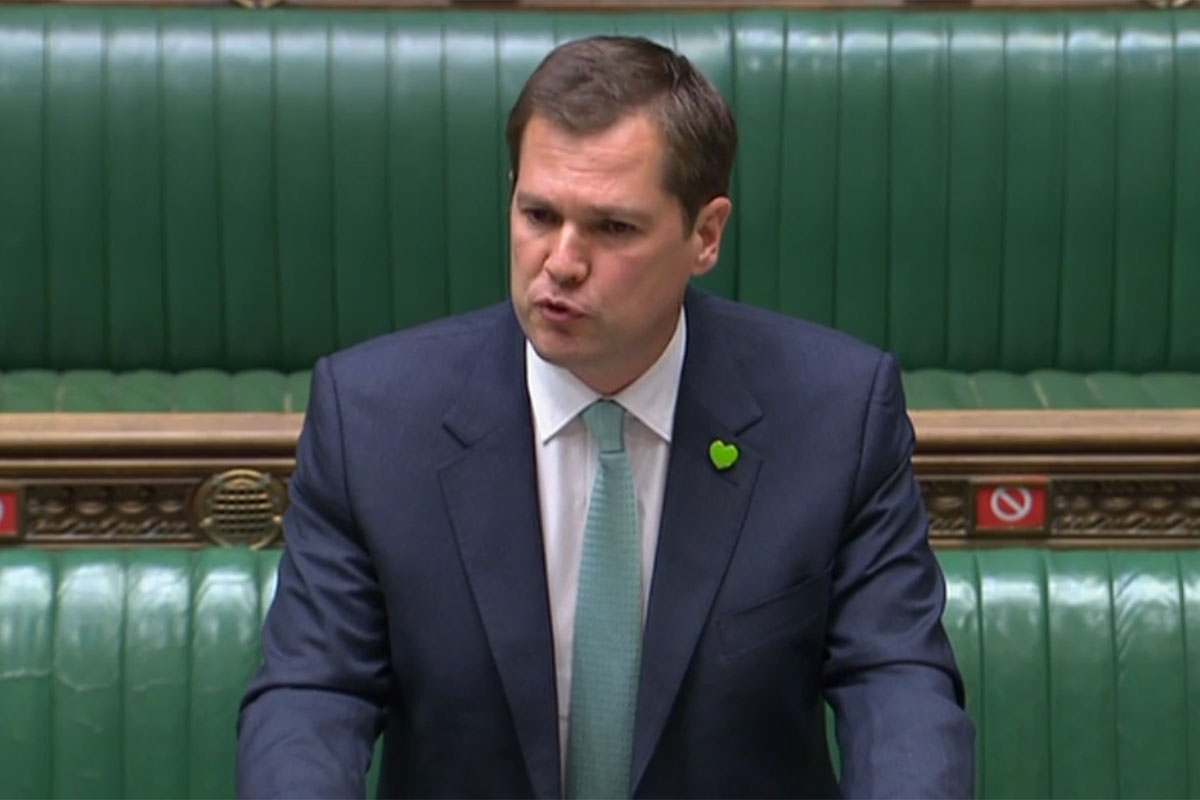‘Increased risk to life’ from fire in blocks of flats, new academic report says
There is an increased risk from fire to residents of blocks of flats, a new academic report has concluded, contradicting comments from the housing secretary.
Last week, Robert Jenrick presented an expert report to the Houses of Parliament which he said demonstrated there was no “systemic risk from fire in blocks of flats”.
But report released today analysed fire incident data to conclude that flat dwellers “are exposed to a much greater probability of their building experiencing a fire… and are more than twice as likely to die and just under twice as likely to be injured in a fire”.
Written by Dr Stuart Hodkinson and Andy Turner of the University of Leeds, alongside fire safety consultant Phil Murphy, the report recommends reconsideration of “previously optimistic assumptions about the fire-resisting construction of purpose-built blocks of flats”.
Mr Jenrick’s expert report, prepared by a panel including Dame Judith Hackitt and long-time government advisor Sir Ken Knight, based its view on the low incidence of fires and a trend of falling fatalities.
As a result, Mr Jenrick called on lenders to stop asking for External Wall System 1 forms – which assess the safety of the building’s external walls – for buildings shorter than 18m in height.
But today’s report analysed detailed Home Office data to find that while there was an overall downward trend in fire incidents, there were increases for certain types of buildings “most notably for medium-rise flats between 11m and 18m high”.
It also found a “positive relationship between increases in height and higher rates of fires resulting in a fatality or casualty”.
It found that blocks of flats are particularly prone to delays in starting firefighting operations and tend to “exhibit an unexpected prevalence of significant fire spread”. It found that firefighters are required to rescue or assist in evacuations of residents from one in every 10 flat fires, compared with one in 16 in houses.
Discussing Mr Jenrick’s recent comments, Dr Hodkinson said: “I find it surprising that the main basis for suddenly declaring medium-rise blocks of flats as safe from fire is a highly selective presentation of official fire statistics. That data has been sitting there for the past four years and it does look as though someone has been asked to find the positive spin on what it shows.
“Our analysis suggests a somewhat less rosy picture. While annual dwelling fires attended by fire and rescue services in England have fallen over the past decade, we found that fires to medium-rise purpose-built blocks of flats actually increased by 12% over the past 10 years.
“Stating that the number of fires to purpose-built flats over four storeys is only 9% of total dwelling fires sounds reassuring, but less than 6% of England’s population live in such buildings. In comparison, while houses contribute around 60% of dwelling fires, they accommodate nearly 80% of the population. That means you are at much greater risk of experiencing a fire if you live in a block of flats than if you live in a house.”
The report said this was a “possible indicator that both stay put and self-evacuation are not working in a significant number of fires to purpose-built flats, especially in low-rise flats where a higher proportion of elderly and disabled residents are likely to live”.
“The statistical evidence and the experiences of dozens of high-rise fires outlined here support the need for a recommitment to the precautionary principle in fire risk assessment guidance and for fire risk assessors to be provided with a more balanced understanding of the potential for building failures to undermine resident safety,” it added.
The report called for the adoption of personal emergency evacuation plans (PEEPs) for all flat dwellers who would struggle to escape unaided.
The government recently concluded a consultation into the introduction of the Grenfell Tower Inquiry’s recommendations that PEEPs be provided and is analysing feedback.
It had previously sought to water down the recommendation after industry lobbyists called the plans “impracticable”, but backed down following a legal challenge from a bereaved Grenfell Tower family.
A government spokesperson said: “This report shows that fire incidents in homes are at their lowest level in four decades – it does not question the need for a proportionate, evidence-based, safety approach to risk of fire – which is clearly needed.
“The view from the independent experts is that there is no evidence of a systemic risk of fire in blocks of flats. However, it is clear that excessive industry caution is leaving many leaseholders in lower risk buildings unable to sell, or facing bills for work which is often not necessary.
“This must stop - that’s why following the expert advice, we’ve set out that EWS1 forms should not be requested for buildings below 18m and we urge the market to follow this approach, and welcome the support of the major lenders.”
Sign up for our fire safety newsletter
Already have an account? Click here to manage your newsletters













